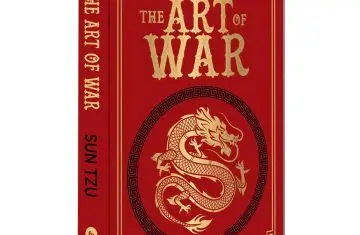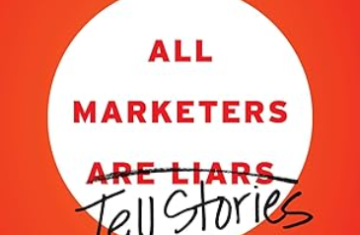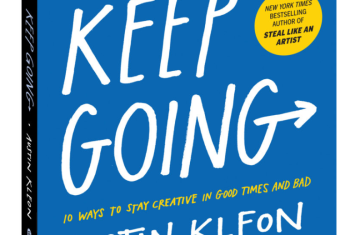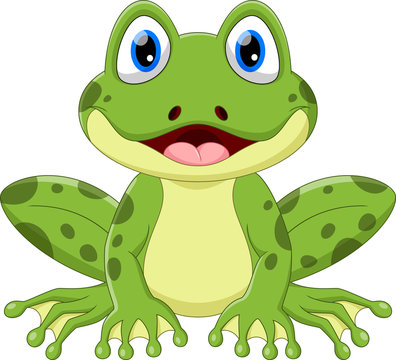
Imagine this: every morning you wake up with a long list of things to do. Some are small and easy, like replying to a message. Others are big and scary, like preparing for an exam, starting a project, or applying for a job. Most of us choose the small things first – we scroll, we delay, we avoid the hard work. And at the end of the day, the “big frog” is still sitting there, waiting.
Brian Tracy’s book Eat That Frog! is about one simple idea: if you start your day by “eating the ugliest frog” – meaning doing the most important and difficult task first – you’ll win back your time, energy, and confidence. Instead of being stuck in procrastination, you’ll actually get things done.
If you have to eat two frogs, eat the ugliest one first.
One of the very worst uses of time is to do something very well that need not be done at all.
You can’t eat every tadpole and frog in the pond, but you can eat the biggest and ugliest one, and that will be enough.
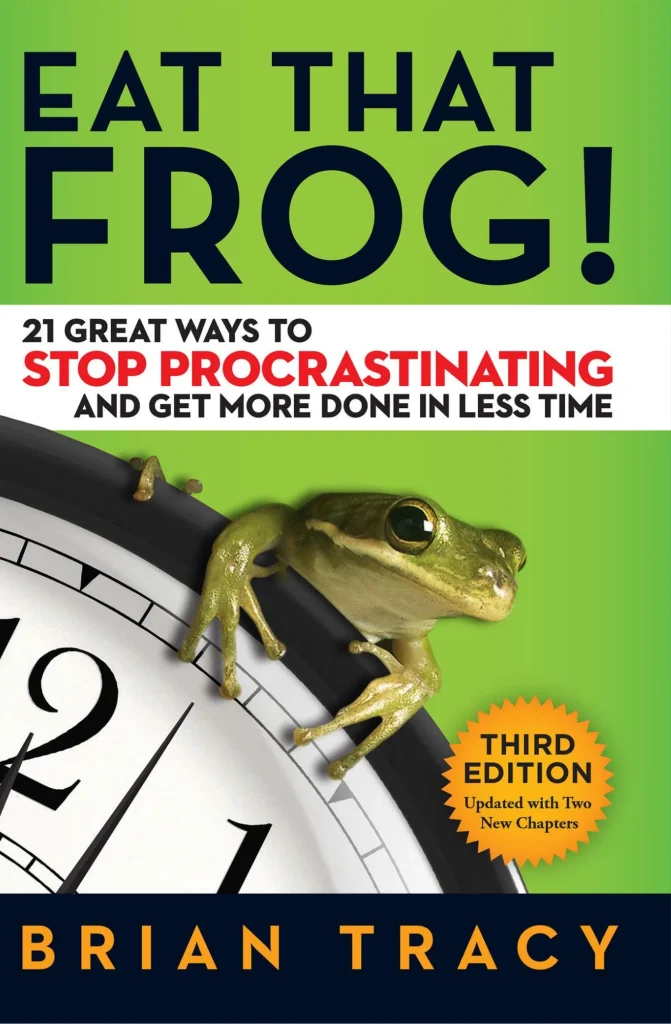
The book begins with a metaphor: the “frog.” Your frog is that big, important, slightly painful task you don’t want to do but absolutely should. It’s often the one that makes the biggest difference in your life. If you keep avoiding it, you stay stuck. But if you “eat it” first thing in the morning, your day will feel lighter, more productive, and more meaningful.
Brian Tracy breaks down this idea into 21 methods, but they all circle around a few key truths:
1. Set the table
Be clear about what you want. If your goal is “do well,” that’s vague. But if your goal is “score A in finance” or “launch an online T-shirt store by December,” your brain has a target to aim at.
2. Plan every day in advance
Ten minutes of planning can save hours of wasted energy. A to-do list is like a GPS for your day. Without it, you keep walking in circles.
3. Apply the 80/20 rule
Not everything on your list matters. A few tasks create most of your results. If you have 10 things, probably 2 of them will change your life. Those are the frogs.
4. Consider the consequence
Ask yourself: “If I do this, what happens? If I don’t, what happens?” That thought alone reveals your real priorities.
5. Practice creative procrastination
You can’t do everything. So don’t waste guilt on the small stuff. Let the less important tasks wait – on purpose.
6. Use the ABCDE method
Label your list:
- A = must do (your frog)
- B = should do
- C = nice to do
- D = delegate
- E = eliminate
This way, your frog doesn’t get lost in the swamp.
7. Focus on key result areas
Every job has 5–7 results that actually matter. If you’re a student, your results are grades, projects, skills – not how many group chats you’re in.
8. The law of three
Out of everything you do, only 3 tasks give you most of your results. Identify them. Guard them. Do them first.
9. Prepare thoroughly before you begin
Like sharpening your knife before cooking. If you want to write, open your notes, keep your pen ready, make your tea. Don’t give your brain excuses.
10. Take it one oil barrel at a time
In the desert, oil barrels mark the way. You don’t need to see the whole road – just reach the next barrel. Break goals into steps and move one by one.
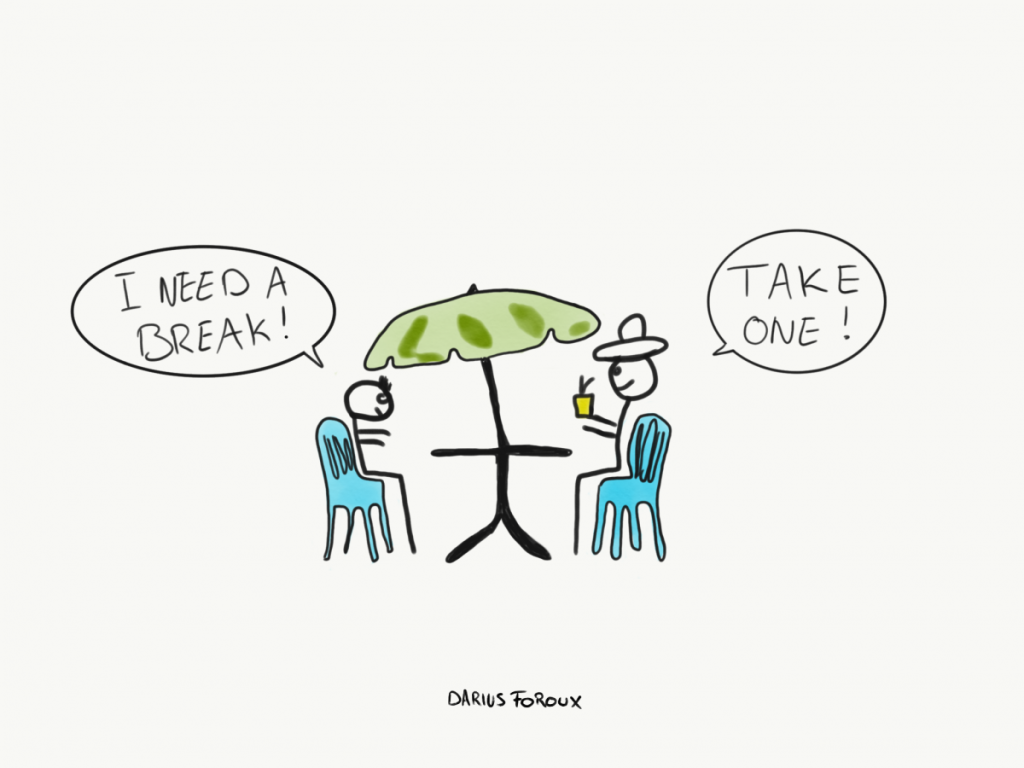
11. Upgrade your key skills
Every new skill makes frogs easier to eat. If you’re slow at Excel, learn shortcuts. If you freeze in English interviews, practice speaking daily.
12. Identify your key constraints
What’s slowing you down? Maybe it’s poor internet, maybe fear, maybe lack of confidence. Identify the bottleneck and fix it.
13. Put pressure on yourself
Don’t wait for deadlines. Make your own. Pretend your boss or professor is checking at 5 PM. Push yourself when no one else will.
14. Motivate yourself into action
Talk to yourself positively. Instead of “This is too hard,” say “I can handle this step.” The story you tell yourself shapes your energy.
15. Technology is a terrible master
Notifications are frogs’ best friends – they distract you. Don’t let your phone eat your day. Use tech, don’t be used by it.
16. Technology is a wonderful servant
The flip side – use tools to speed up. Apps, reminders, Google Sheets, AI – all can help if you are the master.
17. Focus your attention
Work in deep focus blocks. Turn off everything else. Thirty minutes of real focus beats three hours of half-scrolling.
18. Slice and dice the task
Huge frog? Cut it up. Write one paragraph, make one call, design one sketch. Small bites kill the monster.
19. Create large chunks of time
Don’t try to finish big work in tiny cracks of time. Reserve a 2–3 hour block for your hardest tasks.
20. Develop a sense of urgency
Move fast. Act quickly. Don’t drag things. Energy attracts energy. The faster you begin, the easier it gets.
21. Single-handle every task
Once you start, don’t stop. Don’t jump between frogs. Eat one fully before moving on. That’s where momentum is built.
At the heart of all 21 methods is a mindset: Decide what matters most. Start. Don’t stop. That’s it.
What Bangladeshi Youth Can Take Away
Let’s be real: youth in Bangladesh are full of dreams. We dream of scholarships, startups, good jobs, YouTube channels, fashion brands, cricket careers – you name it. But if we’re honest, most of us are stuck in scrolling, waiting, delaying.
We say: “Aajke shuru korbo.” (I’ll start today.) Then we don’t.
We say: “Kal theke serious hobo.” (I’ll be serious from tomorrow.) But tomorrow never comes.
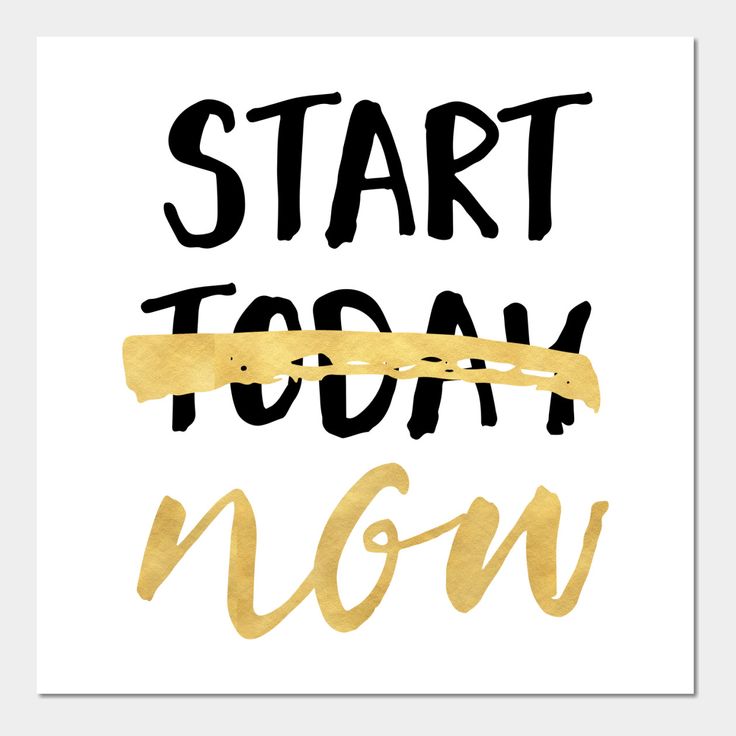
This is where Eat That Frog! hits us hardest.
The frog for us could be:
- Writing the first draft of that scholarship essay.
- Creating the Facebook page for the online shop.
- Sending out CVs to real jobs instead of endlessly “fixing” the design.
- Practicing English speaking daily instead of just watching reels on it.
But here’s the truth: youth in Bangladesh waste the prime years of their life doing busy work and daydreaming.
Think of two students in Dhaka University. Both want government jobs. One spends hours every day “collecting resources” but never studies properly. The other one eats his frog daily – solves math first thing in the morning. Guess who passes the BCS?
Or a young girl in Chittagong who dreams of a boutique shop. She spends months “researching ideas” but never meets a tailor. Meanwhile, another girl in Rajshahi simply eats her frog – talks to a tailor, makes 5 kurtas, sells them to friends. Within a year, she has an online business.
The book’s message is simple: stop lying to yourself. Start. Eat your frog, and doors will open.
Final Hopeful Push
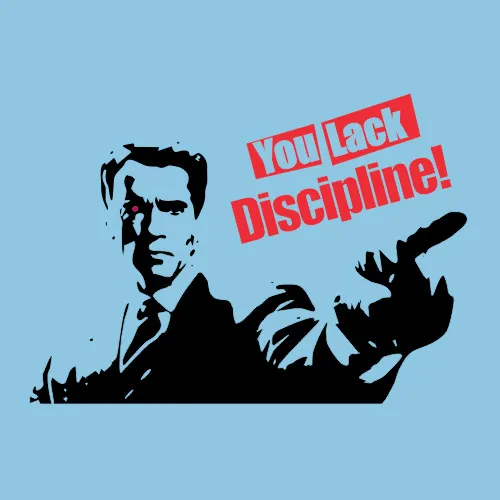
Bangladeshi youth, we don’t lack dreams – we lack discipline. This book isn’t asking you to be perfect. It’s asking you to choose one frog a day, and finish it.
Imagine if every young person in Bangladesh ate just one frog daily. Thousands of scholarships, startups, songs, designs, apps, and businesses would bloom.
So tomorrow, when you wake up – don’t wait. Don’t scroll. Don’t say “tomorrow.” Look at your frog, ugly and heavy, and eat it.
Your future self will thank you. And your country will too.
About the Writer

Brian Tracy is a Canadian-American motivational speaker, best-selling author, and personal development coach. Born in 1944, he built his career from humble beginnings—working as a laborer, salesman, and even ship crew—before rising to become one of the world’s leading voices on success, productivity, and leadership. He has written more than 80 books, including Eat That Frog!, The Psychology of Achievement, and Goals!, which have been translated into dozens of languages.
Through his company, Brian Tracy International, he has trained millions of people worldwide on time management, business strategies, and personal success. His style is practical, clear, and action-oriented—focusing not on theory but on what actually works to achieve goals faster. If you want to order this book, Click the link here, Eat That Frog (Paperback)
Thank for giving me your time while reading this. Getting anyone’s time is the most precious thing for me. To read my other blogs like Building Social Business by Yunus | A book summary for youth, Phobia to Nervous moment? Is it normal?, and The Shondha River Stole My Childhood: Why I’m Fighting Climate Anxiety, you can click here.

